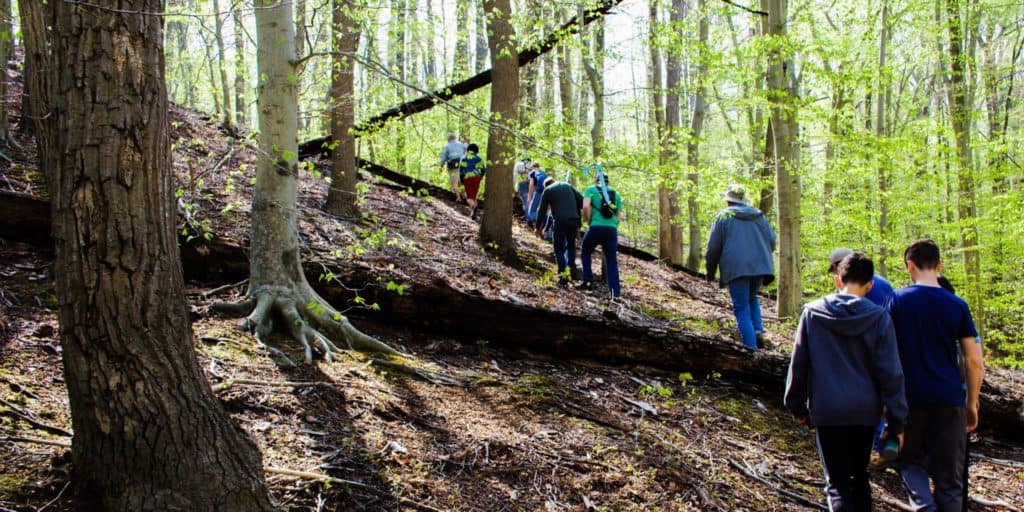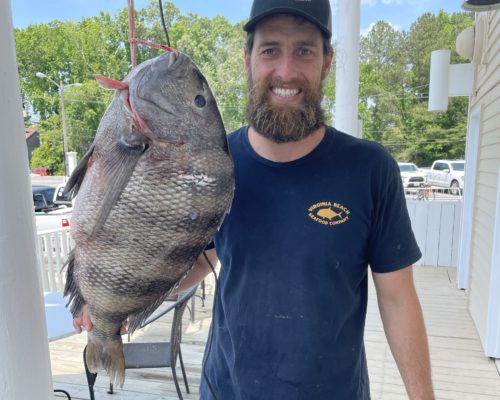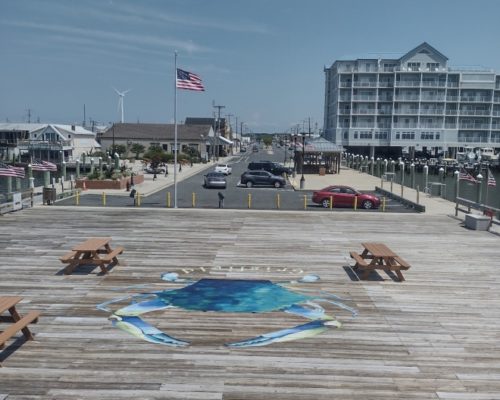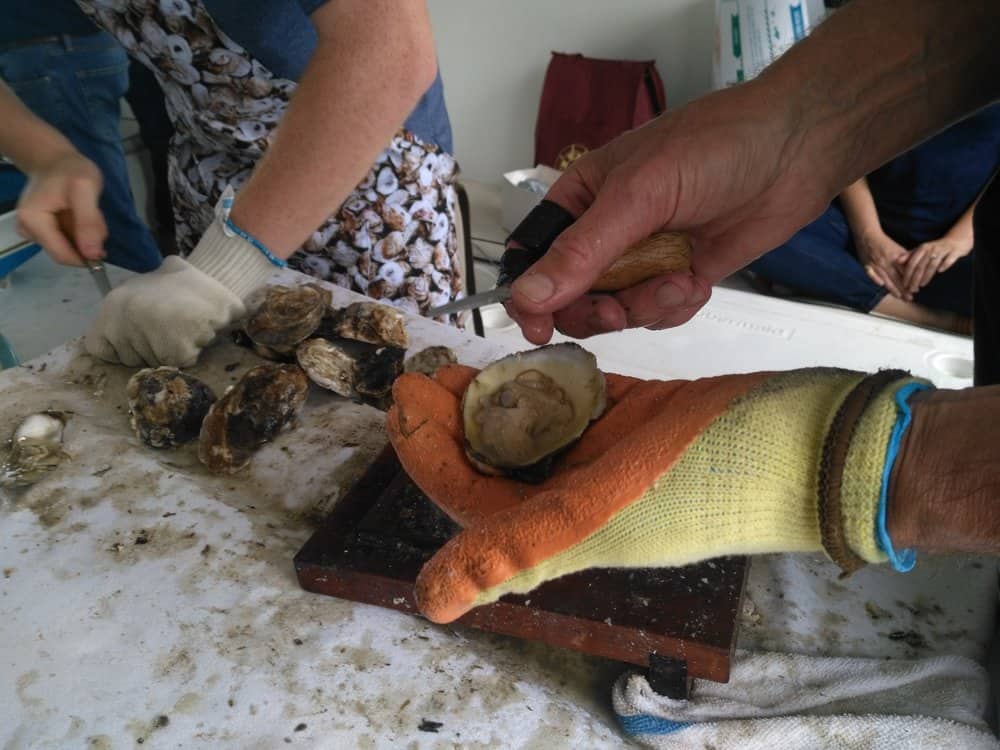A just-launched pilot program in the Annapolis area calls on people to get their hands dirty this summer and help fight an invasion.
Volunteers with Scenic Rivers Land Trust, a nonprofit devoted to the conservation of natural resources in Anne Arundel County, are helping remove invasive plans at one of the area’s most popular—and ecologically significant—trail systems. The Bacon Ridge Natural area is home to expansive marshes, mature forests, and the Bacon Ridge Branch.
With guidance from Scenic Rivers staff, small groups of volunteers will gather weekly through late summer to weed out invasive plant species, helping to protect ecology of the 630 acres and 12 miles of trails in this area.
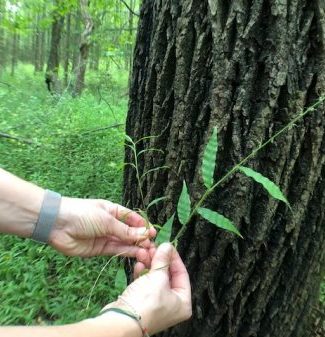
Any species not native to the area that can grow quickly and spread rapidly is considered invasive. Invasive species come from a different country or habitat through things like trade, markets, nurseries, or even by accident. While many of these plants will die off or become naturalized in their new environment, others will take off and invade the area they have been transplanted to.
“Invasive species are incredibly successful at taking over a habitat and destroying the biodiversity that makes it a healthy and strong ecosystem,” says SRLT Executive Director Sarah Knebel. “They don’t have any natural predators to help keep them in check and they end up taking over.”
While varieties such as wavyleaf basketgrass, Japanese stiltgrass, multiflora rose, and Japanese honeysuckle, may sound beautiful and harmless, their effects can be damaging to the natural surroundings and functionality of the native environments, throwing the ecosystem off balance. For example, multiflora rose was brought here intentionally because it was a fast-growing plant that was often used by farmers as hedges. Yet, those who planted it didn’t realize that the desirable properties of these species, like fast growth or shade, could also cause a lot of problems in the long run.
Knebel says that while invasive species control is important, it can be an expensive undertaking so volunteers are crucial to supporting these efforts.
Lindsay Smith, stewardship coordinator says that anyone is welcome to join the effort. It’s recommended for middle school ages and up due to the potential for exposure to poison ivy as well as a fair bit of delicate work pulling very small grasses and plants that are difficult to identify.
Staff members will train volunteers on how to identify species and will be available to answer any questions. Their hope is that volunteers will take the knowledge gained and bring it back to their own properties and communities.
“We are not anti-development. We strive for the balance between development and conservation,” Knebel says. “We need houses, offices, and stores, but we also need the beauty and functionality of the natural world.”
In their 30 years, Scenic Rivers Land Trust has worked to protect 3,200 acres of land including woods, farms, shorelines, and wetlands through easements and working with landowners. This pilot program funded by the Chaney Enterprise Foundation Fund and the Environment Anne Arundel Fund, both components of the Community Foundation of Anne Arundel County.
To sign up for sessions, visit srlt.org.
–Jillian Amodio

